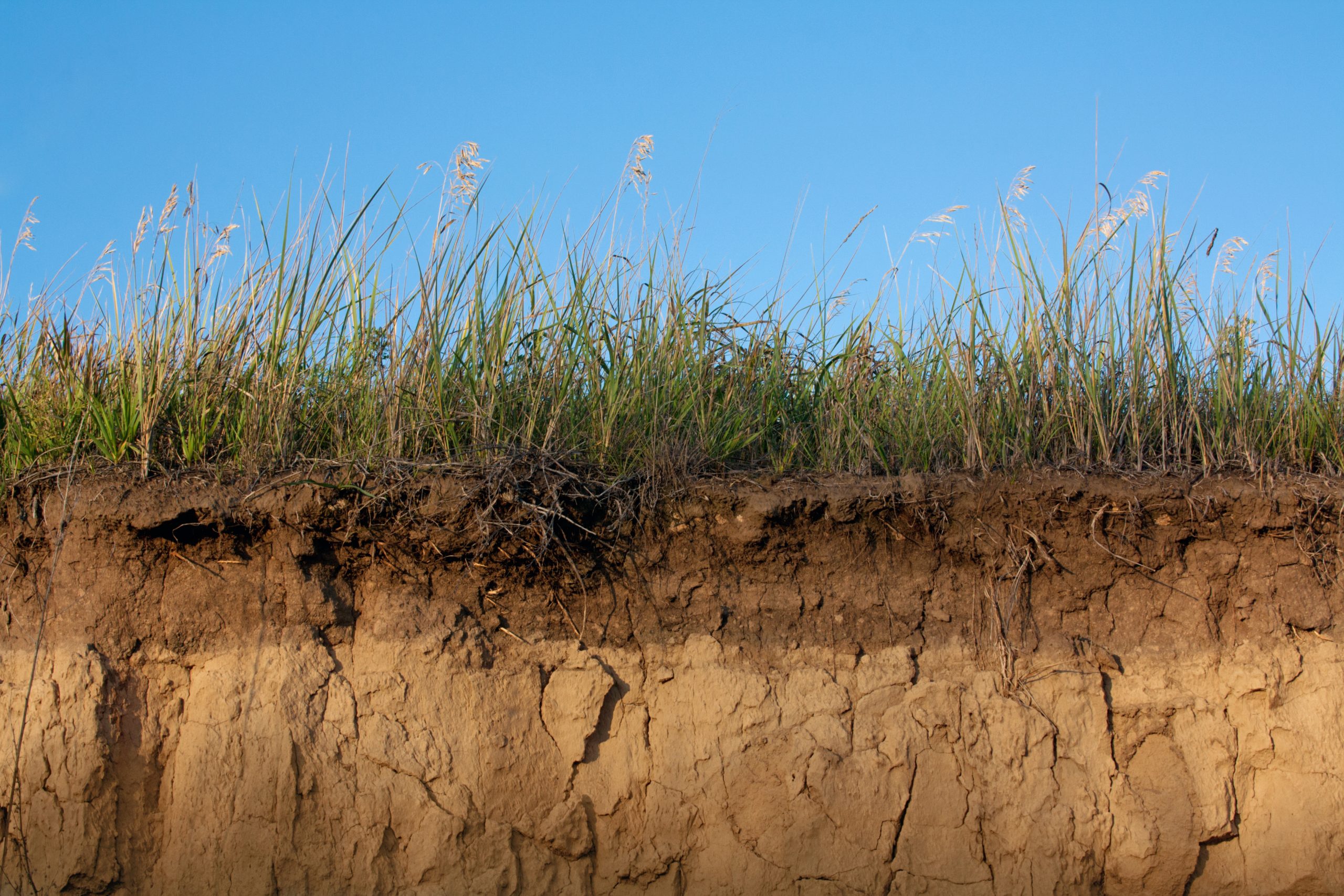This is the time of year when we start to hear of new hybrids or varieties that yield one or two percent more or a new seed treatment that will control most of the worst seedling diseases.
These new technologies are exciting, but farmers may be overlooking a tool that can measure available nutrients in the soil and predict the amount of nutrients required to obtain a yield target.
Soil testing is highly effective when properly done. However, it has received a bad rap and in some cases lost the faith of farmers.
The problems are mainly due to lack of training and consistency of employees collecting the samples. This is changing as many input companies contract out the task to companies that are equipped with modern equipment and are trained to take a core, properly handle the sample and properly package and ship it.
There are many soil testing options, but most growers do it to take a snapshot of the nitrogen levels in their soil. This is because levels can fluctuate greatly due to environmental and crop growth conditions from year to year. Other nutrient levels are important, but nitrogen is the largest contributor to yield and the largest part of most fertilizer budgets.
Nitrogen recommendations based on soil tests are most accurate when samples are taken as near to the time of seeding as possible. However, spring seeding on the Prairies is a busy time for farm customers, and soil testing doesn’t always work out.
The database that soil test laboratories use to make recommendations is based on either spring or fall soil samples.
Therefore, recommendations from Fall soil tests are reliable because they take into account the process that converts unavailable nitrogen into available nitrogen through mineralization.
More than 80 percent of prairie soil samples are taken in the fall. It usually has the widest window for sampling and allows time for analysis and the purchase of fertilizer when the price is usually at its lowest.
The factors that cause the differences in fall and spring nutrient changes also determine when one should start soil sampling in the fall. As a result, it is important to understand what may influence nitrogen soil test levels from early fall to seeding.
Increased precipitation levels normally lead to higher available nitrogen in the soil.
The rise is even greater when precipitation is combined with relatively high temperatures.
The biological process called mineralization is most active under moist, warm conditions. A period of warm, moist conditions in the fall may produce a burst of nitrates into the soil.
Soil organic matter determines the amount of nitrogen that can be mineralized.
The higher the organic matter content, the greater the nitrogen release and the greater the variation in soil nitrogen from early fall to spring.
The amount of nitrogen that is mineralized often corresponds to the level of residual or background soil nitrogen.
Soil with a significant amount of nitrogen or fields with poor crop yields will tend to mineralize more than fields with less nitrogen where crop yields were good.
Nitrogen mineralization in fall tends to be higher on legume stubble than cereal stubble. These fields should be sampled later because the amount of mineralization in the fall on legume stubble is unpredictable.
Perennial legumes such as alfalfa may increase soil test levels of nitrogen for several years after breaking.
Incorporation of large amounts of crop residue may lead to temporary immobilization of soil nitrate. This is especially true of high yielding cereal crops.
Leaching may also lead to a difference in Fall to Spring nitrogen levels. It occurs when nitrate–nitrogen is moved downward in soil water and out of the plant’s rooting zone.
The process occurs mainly in light textured soil such as loamy sand or sandy loam and where the subsoil is sandy or gravelly.
Fall soil testing and nitrogen application can start earlier than once thought, according to recent research.
Fall banding can start in mid-September on well-drained soil. On poorly drained soil, wait until soil temperatures are less than 5 or 6 C, usually by early October.
By: Thom Weir, Senior Precision Agronomist

